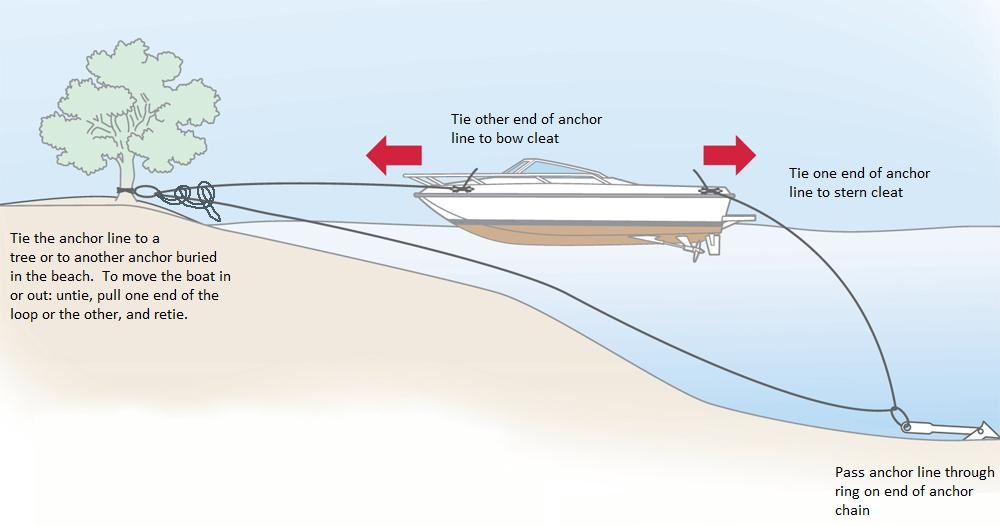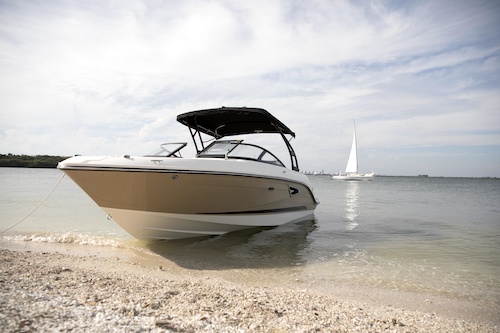Anchoring a boat on the beach is an art that combines knowledge, skill, and a deep respect for the marine environment. Whether you’re a seasoned boater or a weekend warrior, understanding the best practices for anchoring your vessel safely and effectively is crucial. This guide will explore various anchoring techniques, cultural experiences around the USA, and practical tips to ensure your beach anchoring adventures are successful.
Understanding the Basics of Anchoring
What is Anchoring?
Anchoring is the process of securing your boat in a specific location, allowing it to stay in place despite wind and wave action. When it comes to anchoring on the beach, there are unique considerations that differ from more conventional anchoring in open water.
Why Anchor on the Beach?
There are several reasons why boaters choose to anchor on the beach, including:
- Convenience: Access to nearby amenities like restaurants and shops.
- Fishing Opportunities: Anchoring can provide access to prime fishing spots.
- Scenic Views: Enjoying stunning sunsets and sunrises from the shore.
- Social Environment: Connecting with fellow boaters and beachgoers.
Methods of Anchoring a Boat on the Beach
Types of Anchors
There are several types of anchors you can use when anchoring on the beach:
- Fluke Anchors: Ideal for sandy and muddy bottoms.
- Grapnel Anchors: Best for rocky or coral bottoms.
- Plow Anchors: Versatile and good for various seabeds.
Best Practices for Anchoring on the Beach
Here are some best practices to ensure proper anchoring on the beach:
- Choose a suitable location away from strong currents and large waves.
- Check the tide schedule to avoid being caught on dry land.
- Use multiple anchors for larger or heavier boats.
- Ensure your anchor has a strong hold by testing it before leaving.
Equipment and Tools
Some essential tools and equipment for anchoring include:
- Anchor (choose the right type).
- Anchor rode (chain or rope connected to the anchor).
- Shackles for secure connections.
- Buoys or markers to indicate your anchored location.

Techniques for Anchoring on the Beach
Traditional Anchoring Method
This classic method involves dropping your anchor straight down to the seabed. Once it catches, you can securely tie off to a cleat or post on your boat.

Using a Beach Spike
Ideal for smaller boats, a beach spike is driven into the sand, and you attach your boat to the spike. This method prevents your boat from drifting during high tide.
Sand Weights
Using sand weights can be effective for temporary anchoring. Filling bags with sand and tying them to your boat can hold it in place when the tide is lower.

Pros and Cons of Anchoring Methods
Comparison Table of Anchoring Methods
| Method | Pros | Cons |
|---|---|---|
| Traditional Anchoring | Secure and reliable. | Can be challenging in rocky areas. |
| Beach Spike | Simple installation for small boats. | Not suitable for larger vessels. |
| Sand Weights | Easy and portable. | Less secure during rough conditions. |

Local Insights: Beach Anchoring in the USA
Popular Beach Locations
In the USA, several beaches are renowned for their anchoring opportunities:
- Florida Keys: A prime destination with beautiful sandbars.
- Outer Banks, North Carolina: Known for its pristine beaches and calm anchorage.
- California Coast: Great beaches like Malibu and Santa Barbara for boaters.

Cultural Experiences
Anchoring on the beach can be more than just a practical activity; it can also lead to significant cultural experiences. For instance:
- Local seafood festivals often occur near popular anchoring spots.
- Beach bonfires and gatherings can create memorable moments with other boaters.
Common Issues When Anchoring on the Beach

Waves and Wind Effects
Strong winds and waves can affect your boat’s stability. Always assess the weather and choose a sheltered spot.
Unknown Sea Floor Conditions
Before anchoring, always research the sea floor conditions; rocky areas can lead to anchor failure or boating damage.

Local Regulations
Be aware of local regulations regarding anchoring to avoid fines or conflicts with protected areas.
Tips for Successful Beach Anchoring
Preparation is Key
Before you go out, prepare your boat and equipment, understanding the area through online resources or local guides.
Safety First
Always wear life jackets, have your safety gear ready, and inform someone about your boating plans.
Community Participation
Engage with local boating communities for tips, shared experiences, and camaraderie.
FAQs about Anchoring Boats on the Beach
What is the best type of anchor for beach anchoring?
The best type of anchor for beach anchoring largely depends on the sea floor conditions, but fluke anchors are popular for sandy bottoms.
Are there specific regulations for anchoring on the beach?
Yes, regulations vary by location. Always check with local authorities about any restrictions or guidelines.
Can I anchor my boat overnight on the beach?
Anchoring overnight is possible, but ensure you are familiar with any specific regulations regarding overnight stays.
Conclusion
Anchoring a boat on the beach can provide a unique and enjoyable experience, blending adventure with relaxation. By understanding the different techniques, considering local insights, and adhering to safety measures, you can make the most out of your beach anchoring endeavors. Enjoy the beautiful waters, the vibrant beach communities, and the endless opportunities for making lasting memories.
References
For further reading and in-depth resources, consider the following:
Florida Boating & Anchoring Guide PDF
NPS Boating Regulations
American Boating Anchoring Tips PDF